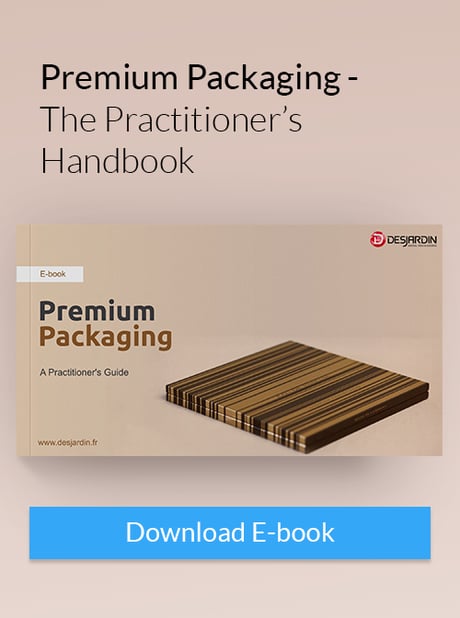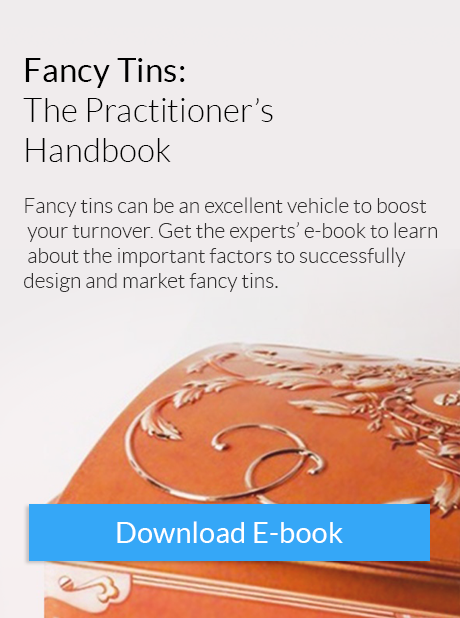Texture is a crucial factor in packaging because it needs to match consumer expectations. Delicate products need more blatantly protective packaging, which shoppers evaluate by touching the package. Each shopper has their own multisensory approach to judging retail items. Here are concepts about how the texture of packaging affects consumer perceptions.
How Texture Affects Product Perception
People develop mental associations with texture throughout their lives, just as they do with visuals and other sensory stimuli. A rough texture, for example, can be associated with unfinished, cheap or careless manufacturing to some people. Others may favor roughness associated with personal experiences, such as team sports. Smooth textures, by contrast, trigger much more universally positive perceptions of a "complete package."
When it comes to food, packaging significantly affects consumer perceptions of products, as studies have shown. A 2012 Piqueras-Fiszman and Spence food rating survey found participants perceived biscuits to taste rougher if served in a plastic pot with a rough side made of sandpaper. The study further found that the sharp taste of ginger biscuits could be accentuated by serving them on a rough plate.
Texture studies tend to focus on participants evaluating the roughness or smoothness of an object. Participants are typically asked to rate the texture on a scale of 1-10 for roughness or smoothness. A similar rating system can be used for taste. The studies indicate consumers feel surfaces without necessarily making associations or judgements about them.
 Designing for Multisensory Perception
Designing for Multisensory Perception
Essentially research points to a connection between touch and taste, whether the individual is conscious of it or not. Different senses can affect each other in ways scientists have yet to deeply explore. Packaging designers are only beginning to study how multisensory perception affects consumer purchasing decisions.
The reason it's a complex field to research is because each individual has their own unique set of experiences that affect how they perceive and respond to texture. No two people are going to have the same thoughts about texture, although there may be agreement on certain aspects. It's important to remember many people become loyal to a food brand simply because they like the taste of the food, regardless of how it's packaged.
Design for Natural Packaging
A growing trend among manufacturers is to adopt sustainable processes, including natural packaging. The concern is partly to be more efficient, but it's also to be more eco-friendly. At the same time governments around the world are moving toward encouraging more sustainable solutions, especially among manufacturers.
Natural packaging is also catching on because consumers have a growing appreciation for nature and authenticity. But using natural materials isn't the only way to convey a natural quality. A packaging designer can simulate the texture of food so that the consumer develops an association, such as linking smooth packaging with smooth-tasting food. Kiwi associates with rough skin while a banana associates with a waxy feel.
The key for the designer is to keep the simulation effect realistic. A strawberry is covered with seeds, so a compelling package for strawberries could be one in which the surface feels as if it's made of seeds. Aiming for this type of consistency helps consumers perceive and identify with patterns of a brand.
References
[1] "Haptic Aspects of Multisensory Packaging Design (2019)" , by Charles Spence, Crossmodal Research Laboratory, Department of Experimental Psychology University of Oxford
[2] "Multisensory Packaging Design (2017 - today)" , by Charles Spence
[3] "From Disgust to Desire: How Products Elicit Our Emotions (2004)" , by Pieter M. A. Desmet, in Design and Emotions, edited by Dena McDonagh et al.
[4] "Luxury branding: the industry, trends and future conceptualisations (2015)" , by Yuri Seo and Margo Buchanan-Oliver
[5] "Food packaging: The medium is the message (2010)" , by Corinna Hawkes
[6] "Multisensory design: Reaching out to touch the consumer (2011)", by Charles Spence and Alberto Gallace







